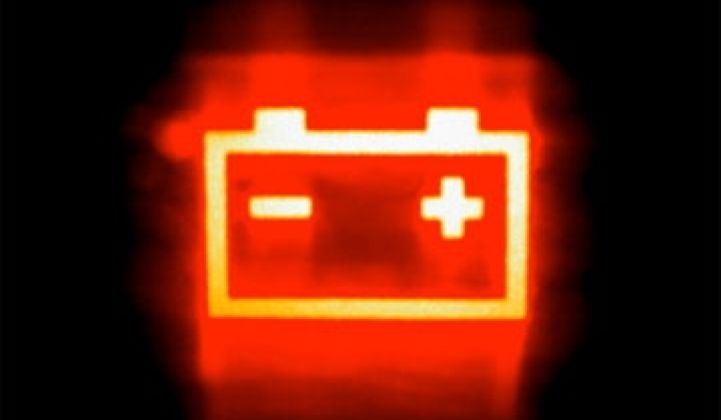If the price of grid-scale energy storage fell to zero dollars per megawatt-hour, regulators and utilities would still be puzzled in how to deploy the boon of energy storage.
That's because storage doesn't fit neatly into the electrical utility's regulatory universe of generation, distribution, and load -- or into the utility rate recovery structure.
But that regulatory uncertainty is starting to clear.
It started with FERC Order 755, enacted in 2011, a ruling from the Federal Energy Regulatory Commission (FERC) that increased the pay for “fast” responding sources like batteries or flywheels that are bidding into frequency regulation service markets. Flywheel energy storage operator, Beacon, sells into this market.
That opportunity for storage got bigger recently with the issuance of Order 784. It pits fast batteries, flow batteries and flywheels against slower gas- or coal-fired plants in the ancillary services market.
"FERC Order 784 is a huge step forward for energy storage, as it will help to open ancillary services markets for storage project developers. Also, it expands FERC Order 755 pay-for-performance requirements to ensure that speed and accuracy, two attributes where storage excels, is considered when utilities purchase regulation service for transmission. Finally, the new accounting and reporting rules introduced in this order will help utilities achieve rate recovery for energy storage equipment," wrote Janice Lin, Managing Partner, Strategen Consulting and Co-Founder and Executive Director of the California Energy Storage Alliance in an email to GTM.
Here's some relevant language from the the ruling:
The Commission is also requiring each public utility transmission provider to add to its OATT [open access transmission tariff] Schedule 3a statement that it will take into account the speed and accuracy of regulation resources in its determination of reserve requirements for Regulation and Frequency Response service. [...] Finally, the Commission is revising the accounting and reporting requirements under its Uniform System of Accounts for public utilities and licensees (USofA) and its forms, statements, and reports...to better account for and report transactions associated with the use of energy storage devices in public utility operations.
Here's a link to the document in full.
This ruling joins other recent storage rulings by the CPUC in California which ask Southern California Edison (SCE), one of the big three California IOUs, to find 50 megawatts of energy storage by 2021. The CPUC is also working on developing protocols for interconnecting energy storage.



